CATEGORIES
- Latest News
- Interviews
- Golf Travel
- Features
- Juniors
- Competition
- Events
- Health
- Equipment
- Fashion
- Archive
INFORMATION
CURRENT ISSUE

SUBSCRIPTIONS


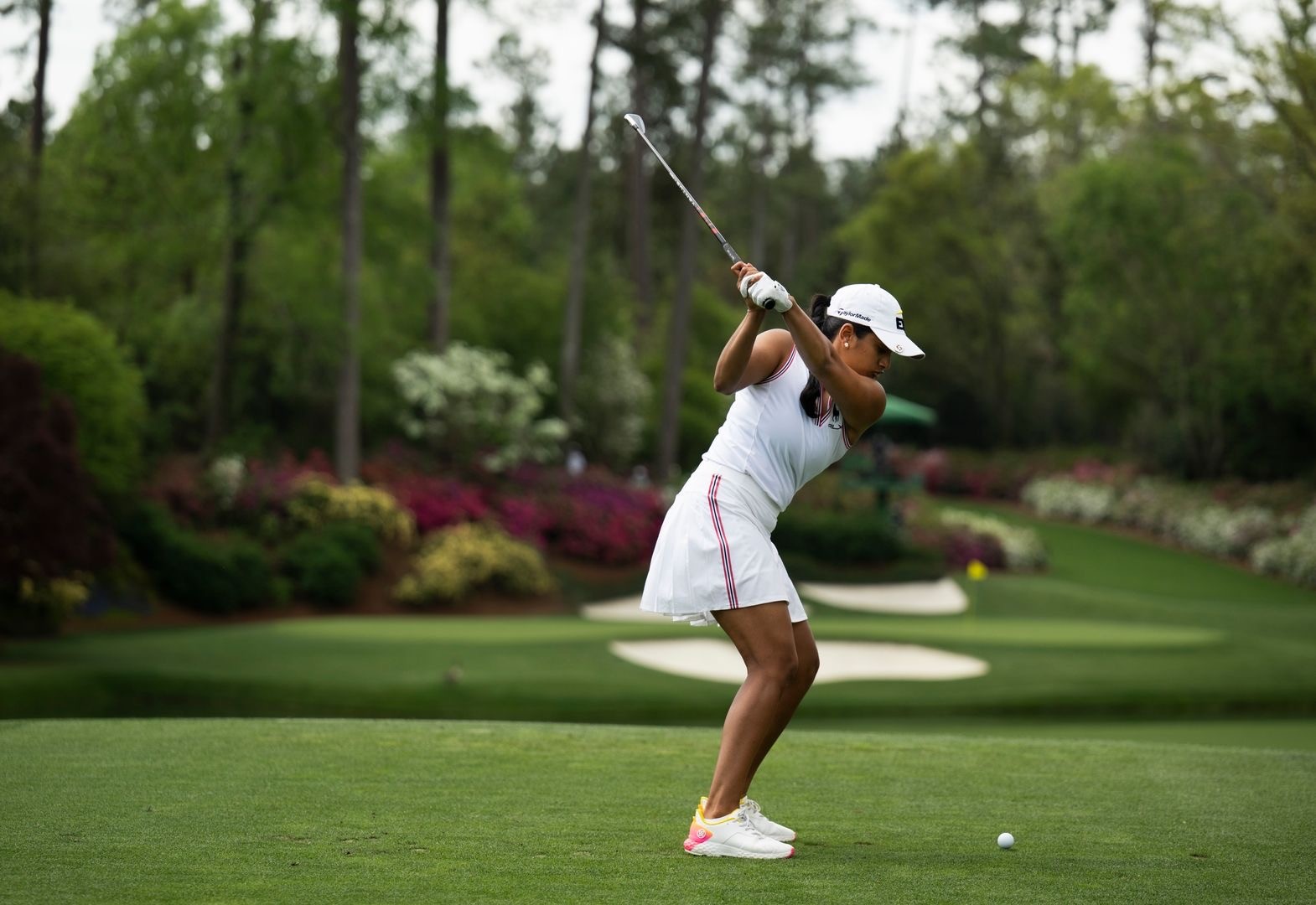
Words: Mackenzie Puryear
In sports, it’s a word that carries weight—a word that evokes not only greatness, but a lasting footprint etched in history. Like Tiger Woods, Rose Zhang, or Stanford golf. More specifically, the Stanford Women’s golf team.
Not only is the women’s program at Stanford part of a lasting legacy, but it’s currently building a dynasty in college women’s golf.
“It was a pleasure to witness history and also know Rose Zhang as a person and a competitor. She was like an artist at work whenever she played and I loved seeing her mental fortitude and strength daily.” Stanford Women’s Head Golf Coach spoke of her time coaching LPGA champion Rose Zhang.
College golf is interesting in that it makes an individual sport into a team culture. And it’s taking off! In particular, women’s golf has proved to be one of the fastest-growing college sports in terms of scholarship opportunities, media coverage and program investment over the past decade.
Female golfers are flocking from all over the world just to play golf in college in the United States.
To play at Stanford.
To be a part of this lasting legacy and rising dynasty.
To be a part of history, but also a part of the future.

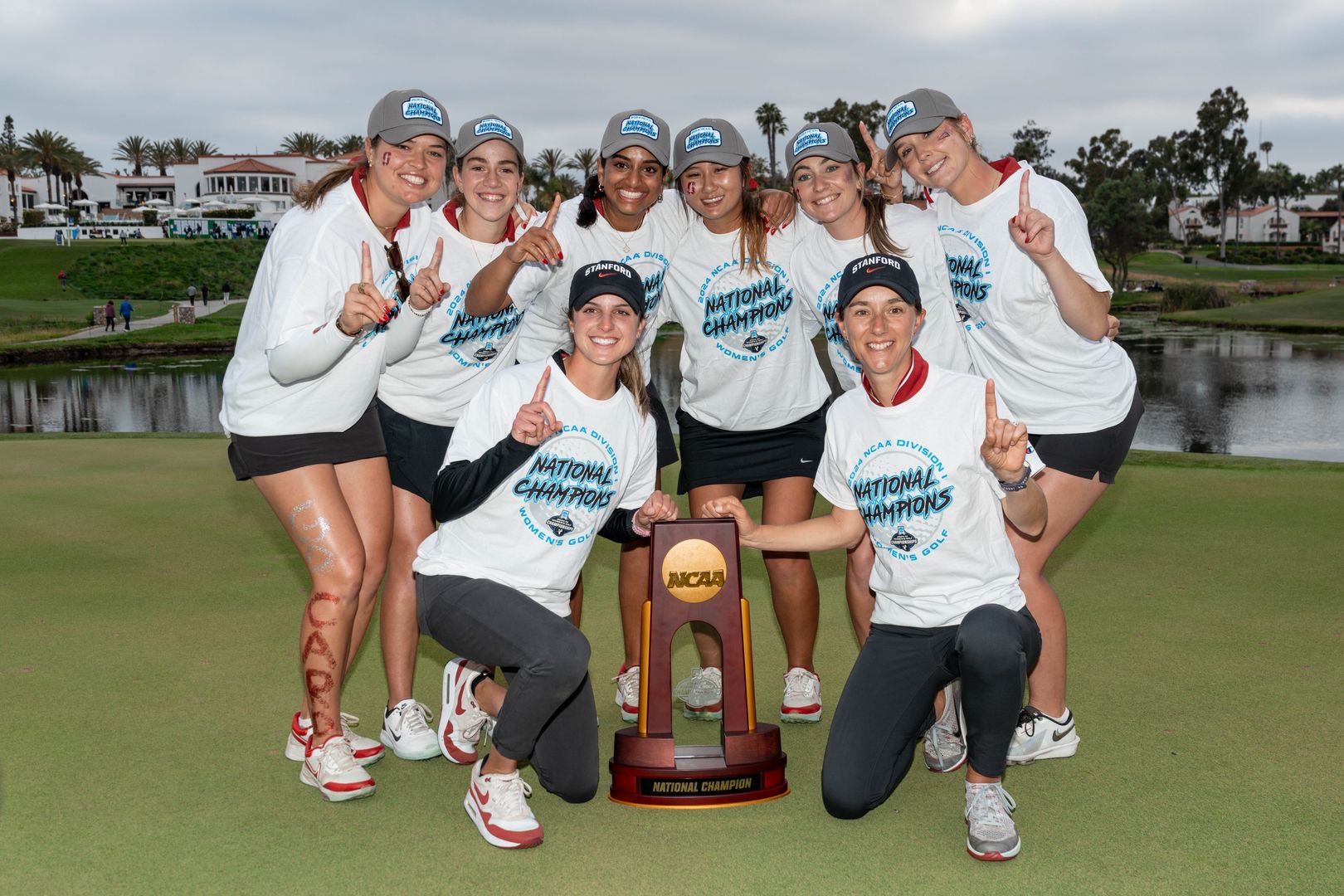
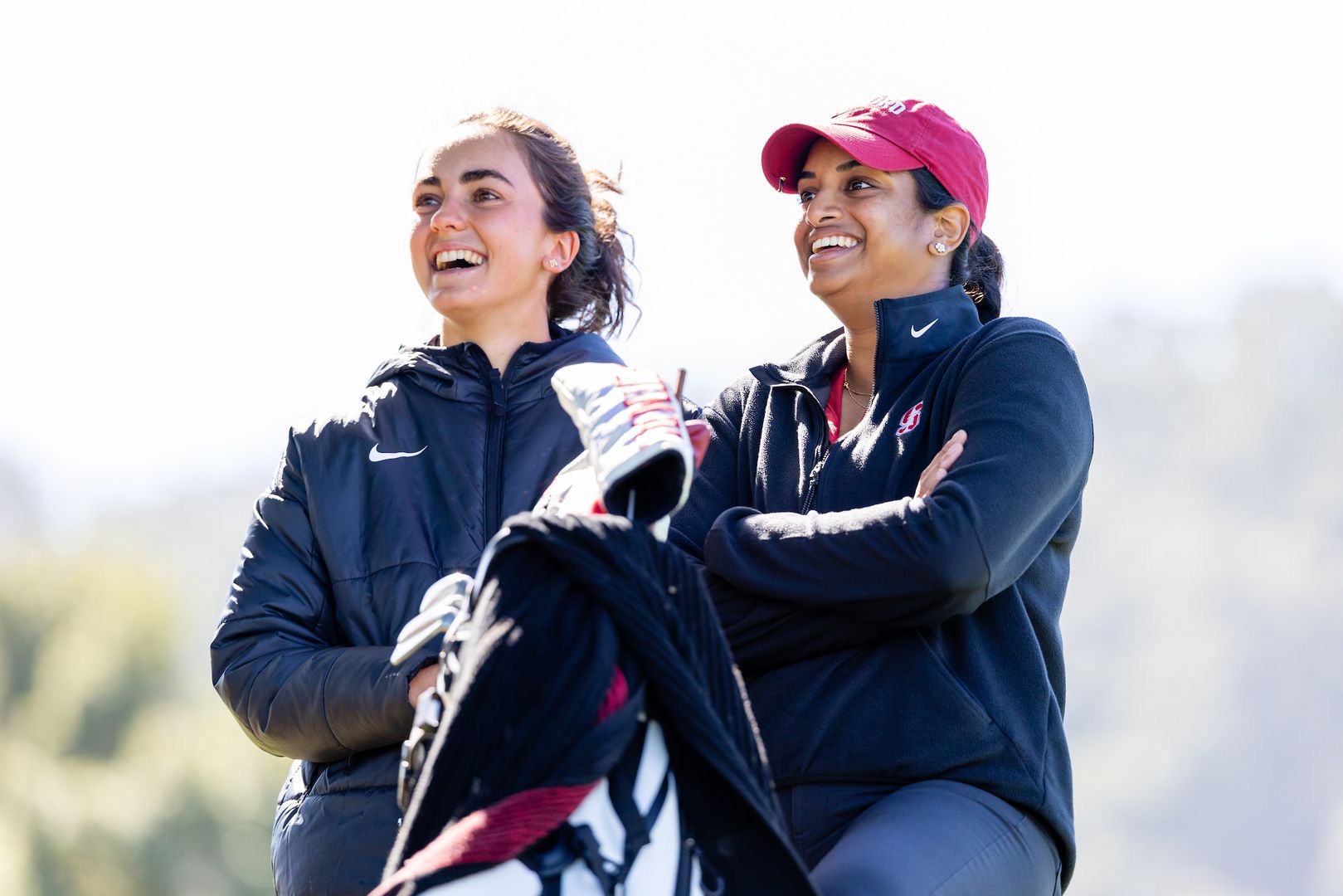
Speaking of history, not only has the Stanford women’s golf team won two NCAA championships in three years, but in the 2025 Augusta National Women’s Amateur (ANWA) held at the beginning of April, six Stanford ladies teed it up - and every single one made the cut.
That’s a stat that head coach Anne Walker believes will stand for years to come.
“Having six current, active roster players make the cut in the ANWA is unprecedented and is a simple marker of the strength of our team.”
Freshman Andrea Revuelta captured a fourth-place finish at the ANWA, recording scores of 70-66-72. For Revuelta, playing well in the ANWA was a major step forward in her confidence.
The freshman from Spain found herself out of the spring lineup due to injury, so playing at Augusta was her first tournament appearance of the year. Posting three solid rounds on one of amateur golf’s biggest stages solidified the practice that Revuelta did in her time away from competing.
Not even a month later, Revuelta found herself back in contention and closing out an individual win at the ACC Conference Championship after rounds of 67-67-68.
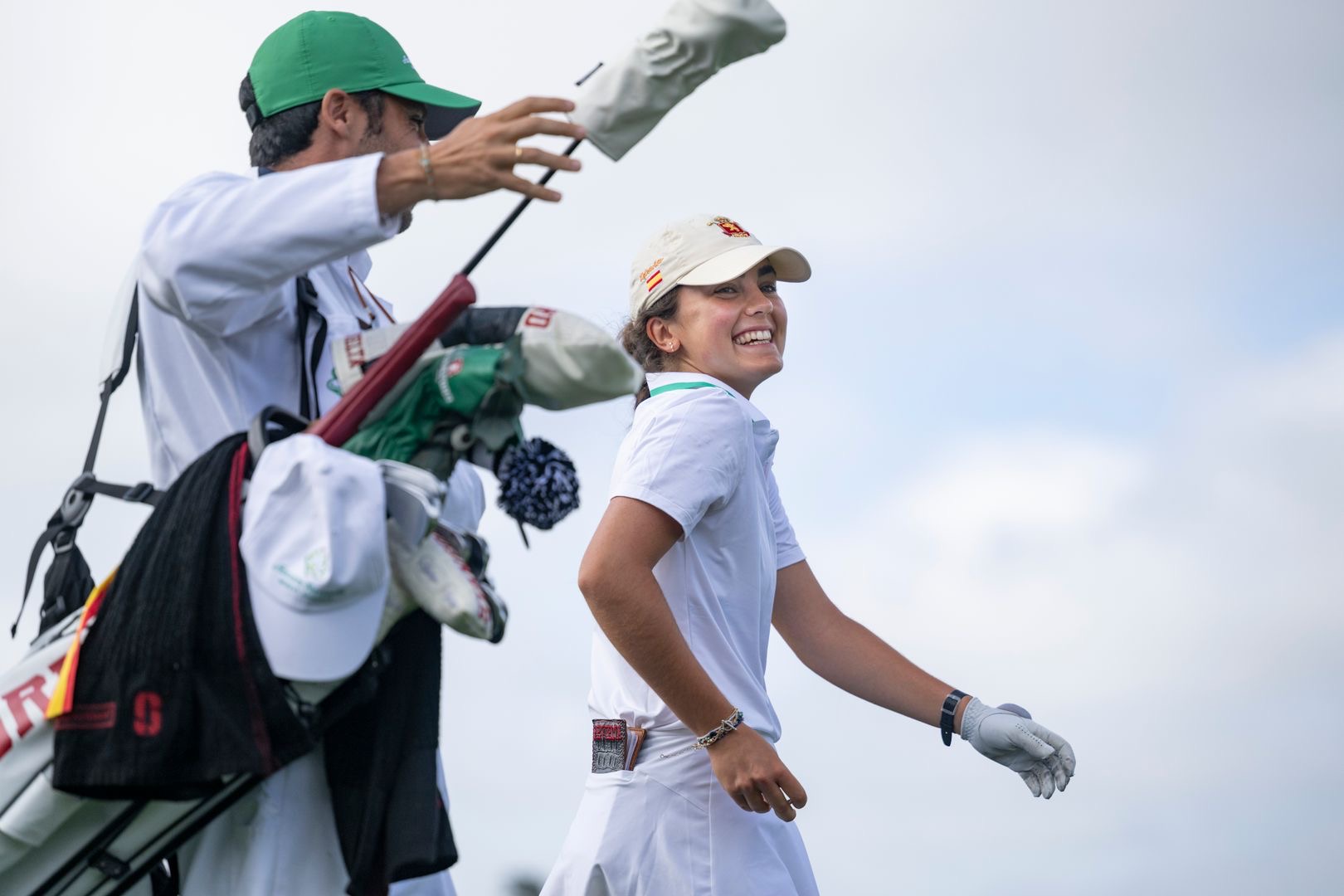
“Honestly, the ACC was half the pressure I felt at ANWA,” Revuelta said. “The goosebumps you feel and the nerves you have, there’s no practice drill that's going to even come close to that.”
Meanwhile, junior Megha Ganne posted a historic low round of 63 to open the ANWA and finished only one stroke behind her teammate, Revuelta.
She had assistant coach Brooke Riley caddying for her during the tournament, which she described as a surreal experience. Walking the fairways of Augusta National in the final round with Coach Riley was something she will never forget.
“Playing Augusta never gets old. It gets better every time. – Megha Ganne
Ganne credits her experience competing, especially at so many college events, as one of the keys to her success at Augusta.
“Every tournament is just another layer that you learn about yourself. And golf is this never-ending cycle of a couple of steps forward, a couple of steps backward and just finding ways to make yourself better. So, I think all the lessons you learn in college golf, and with our playing schedule allowing us to play in so many tournaments, it kind of expedites how you want to approach tournament golf. So, having all of those [college] tournaments leading up to ANWA to build up feel in my game is really helpful come April.”
Sure, it’s understandable how the best women’s golf program in the country can help prepare players for high-pressure, national tournaments.
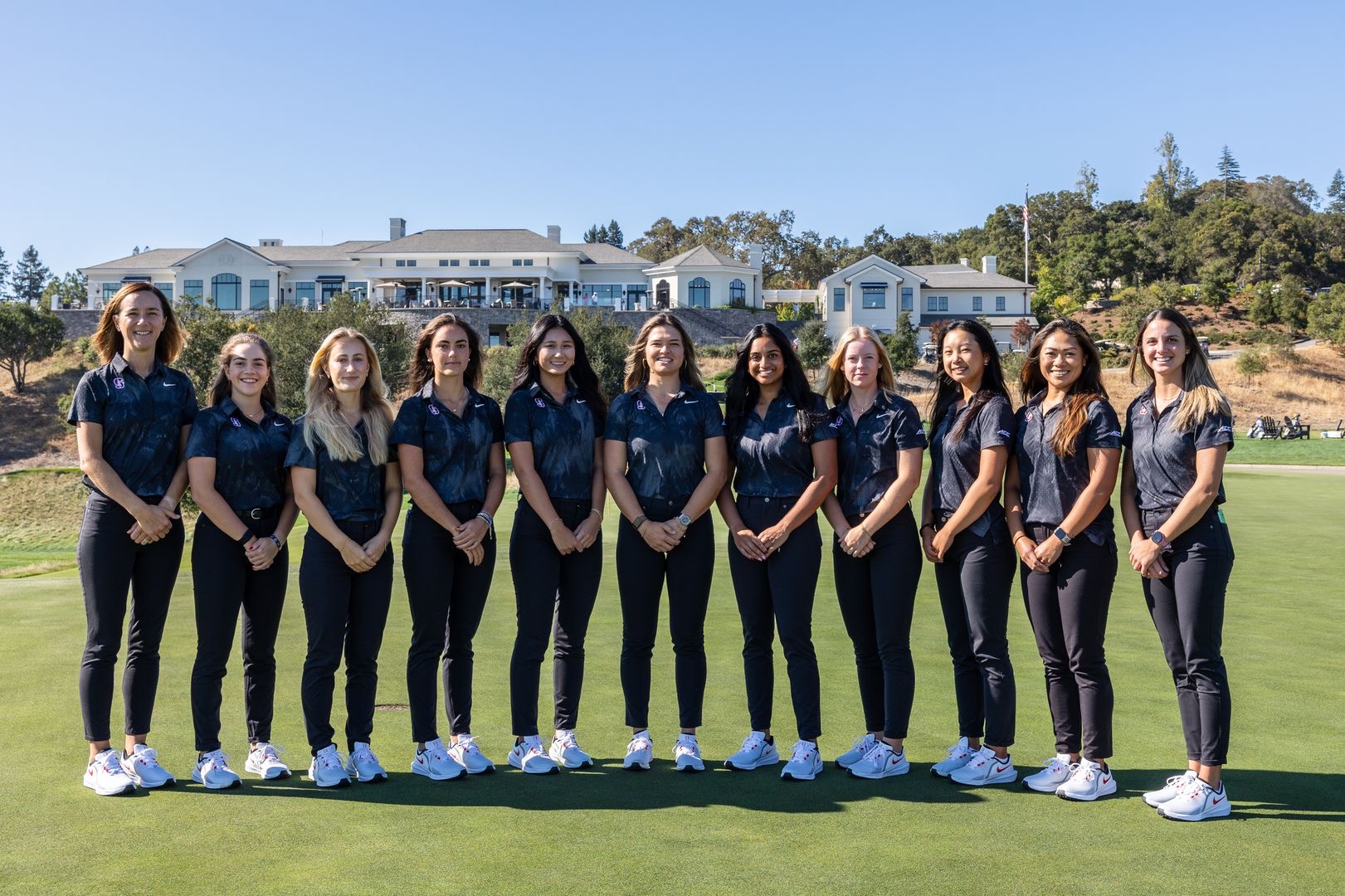 But
how does a program even begin to build such a dynasty?
But
how does a program even begin to build such a dynasty?
How does it win multiple national championships in such a short amount of time?
Coach Walker explains that part of why women’s golf has evolved so quickly over the past decade is because it serves as a training ground for those aiming to compete at the highest level.
The best way to prepare for that next step—even the LPGA—is to be immersed in the top tier of amateur golf. Competing with the best players, while at the same time studying for a degree.
It’s not only a great opportunity, but also preparation for all aspects of life. As a result, it attracts the best players in the world to want to play in college.
But as far as winning the National Championships - well, there’s no magic formula for that.
According to Coach Walker, the journey to the National Championship was anything but smooth last year. But then again, smooth is hardly the
adjective most sports teams or athletes would use to describe the path to a big win. Most come with their share of highs and lows - trials,
doubts, and triumphs along the way.
Yet, for Stanford, the journey included battling player injuries and tough last-minute coaching decisions.
Amidst the uncontrollable factors mixed in with tough decision-making, Coach Walker says they try to keep their coaching philosophy simple at Stanford.
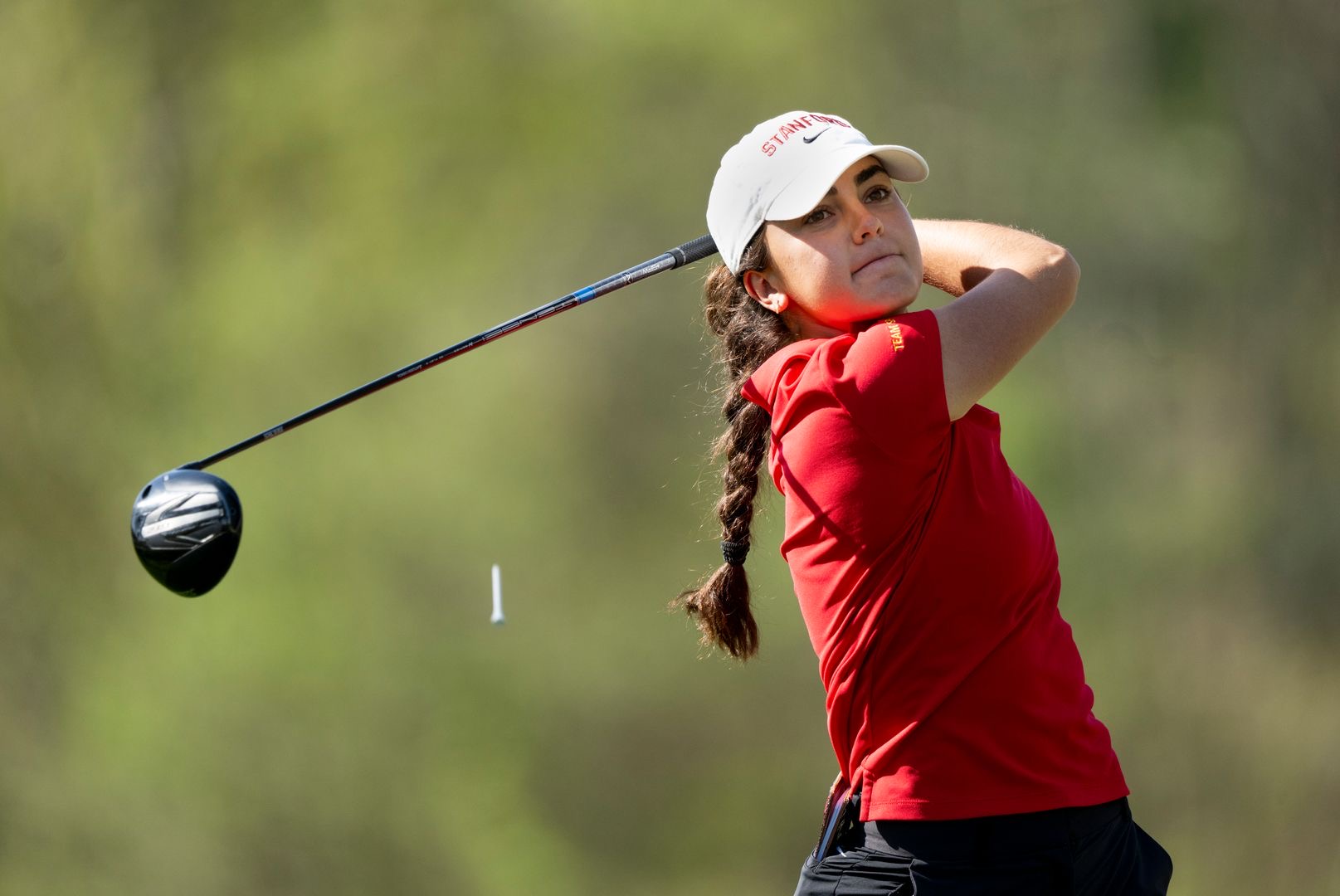
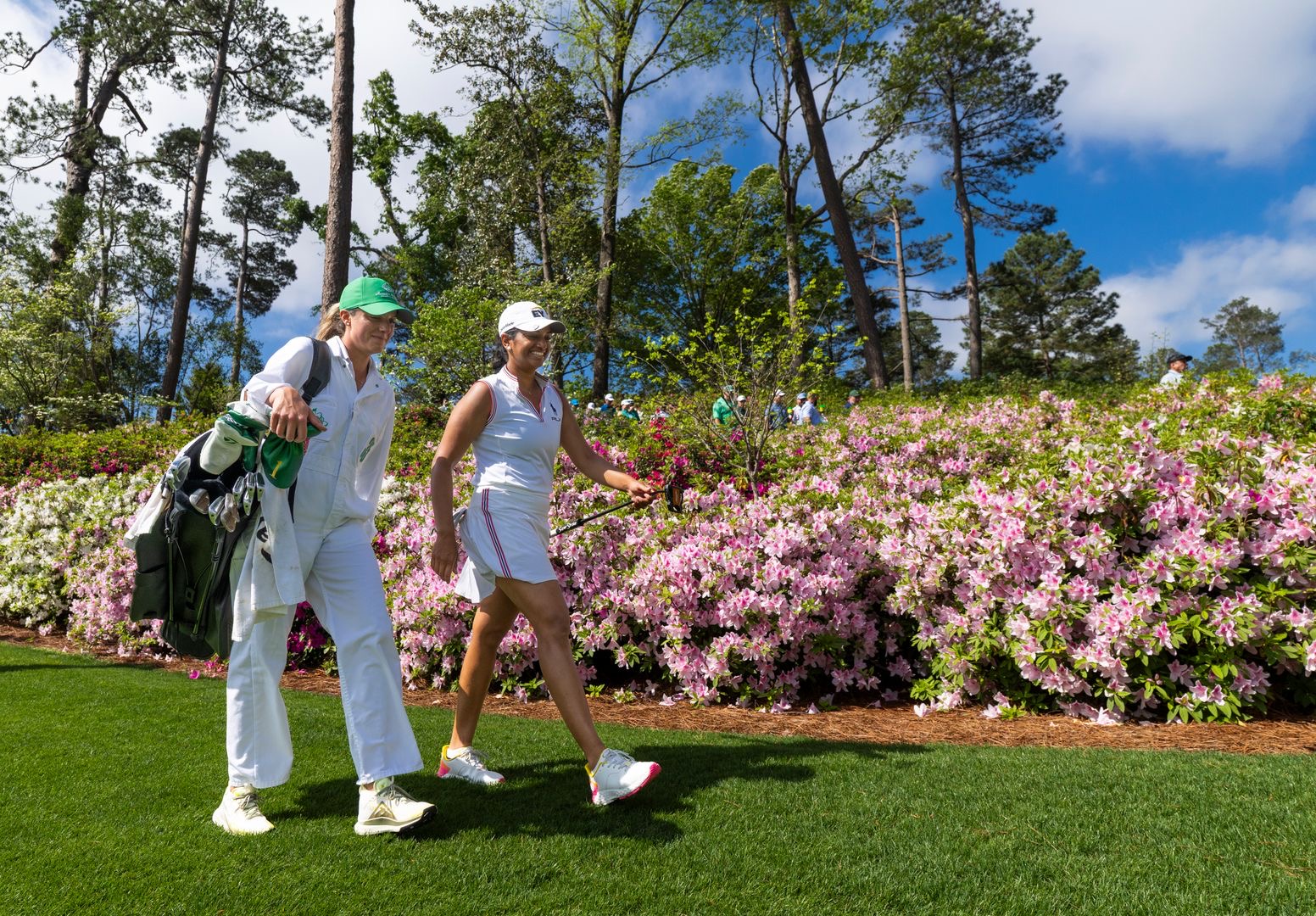
Golf is an individual game after all.
Coach Walker explains, “The players that we are recruiting are highly accomplished and arrive on campus with a great knowledge of the game, their skill set and much more. They usually have a strong team around them, and we don’t want to disrupt that; simply enhance what is already in place. If we can help them fine-tune one or two areas, then over the course of four years, their progress will be noticeable.”